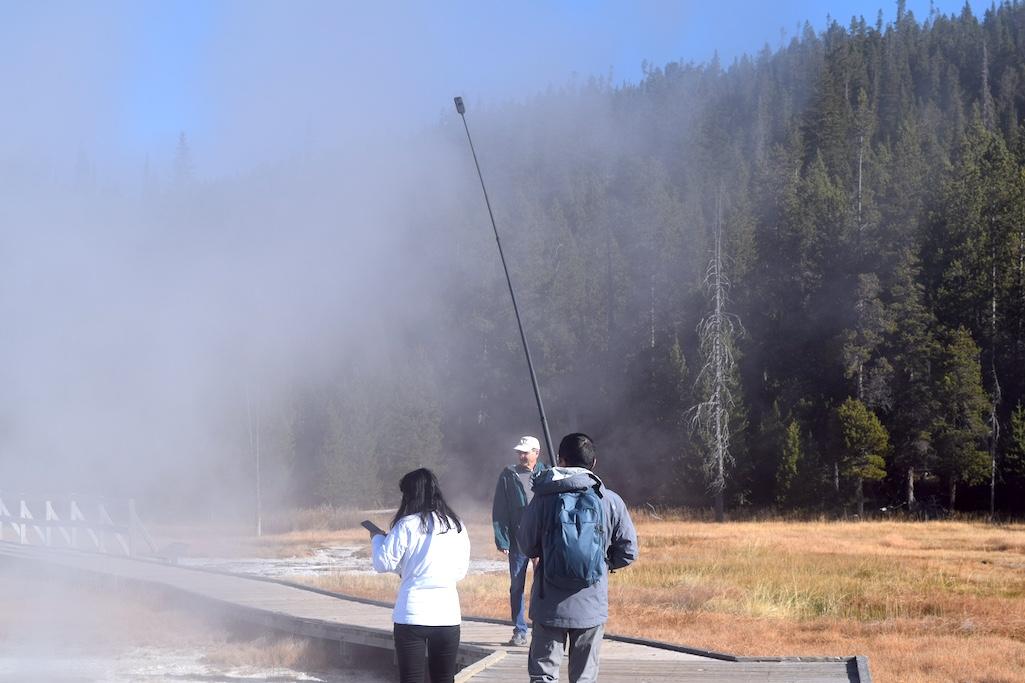
Should extended selfie sticks be banned at Yellowstone National Park?
There's a new, elongated trend in Yellowstone National Park, one that could give you a new perspective on your visit but which also could pose a threat to the park's thermal resources and fellow park visitors.
Reaching nearly 10 feet in length, these extended selfie sticks allow users to gain a longer perspective on their photos, and at Yellowstone it also could allow for a thermal feature closeup not previously possible for cellphone carriers. But what happens if your phone falls off into a hot spring, or your stick breaks or you lose your grip?
Disney long ago banned selfie sticks of all sizes at its theme parks, and they've also been banned at places such as the Van Gogh Museum in Amsterdam, and many other popular tourist attractions.
Yellowstone staff could not be immediately reached Wednesday to say whether they've been banned, or will be banned, at the park.




Comments
I call them me sticks. Nothing is more emplematic of the social media inspired self obsession that plagues humanity. I'm all for freedom, but those things are so odious I wouldn't mind a complete ban.
I last visited Yellowstone in the pre-selfie phase back in the dark ages of 2011. While we did have cell phones their cameras were of relatively low quality. I did run into one visitor at the time with a small digital camera tied to the end of a long pole. Pretty much looked like the people in the articles pictures. Being a one off occurance I did not think much of it, but if we went today and encoutered dozens or even hundreds of people with this it might be a bit of problem, people losting balance, swinging them around, possibly hitting another visitor. They do seem quote the nuisance.
I will admit though, I would be tempted to get that great overhead shot of a feature with one of these. But the reality is a postcard of the same view should be sufficient for any scrapbook or memory album.
My vote: Ban the sticks.
2011 was not pre-selfie. My Motorola RAZR V3 (circa 2005-6) had a single camera, but if I chose camera mode and closed the lid, I could see my image on the small outer display and press a button on the side to take a selfie. I don't remember any way to put it on a stick though where I could control the camera.
Later on I had a slider phone with a little fisheye mirror where I kind of had an idea what the camera saw. But that was definitely before 2011.
Your phone falls into a hot spring well thats your loss. What happens if the person drops it on someone or hits them? Now you're impeding on other users/visitors. People need to look at the bigger picture & realize its not all about them. Common sense needs to prevail.